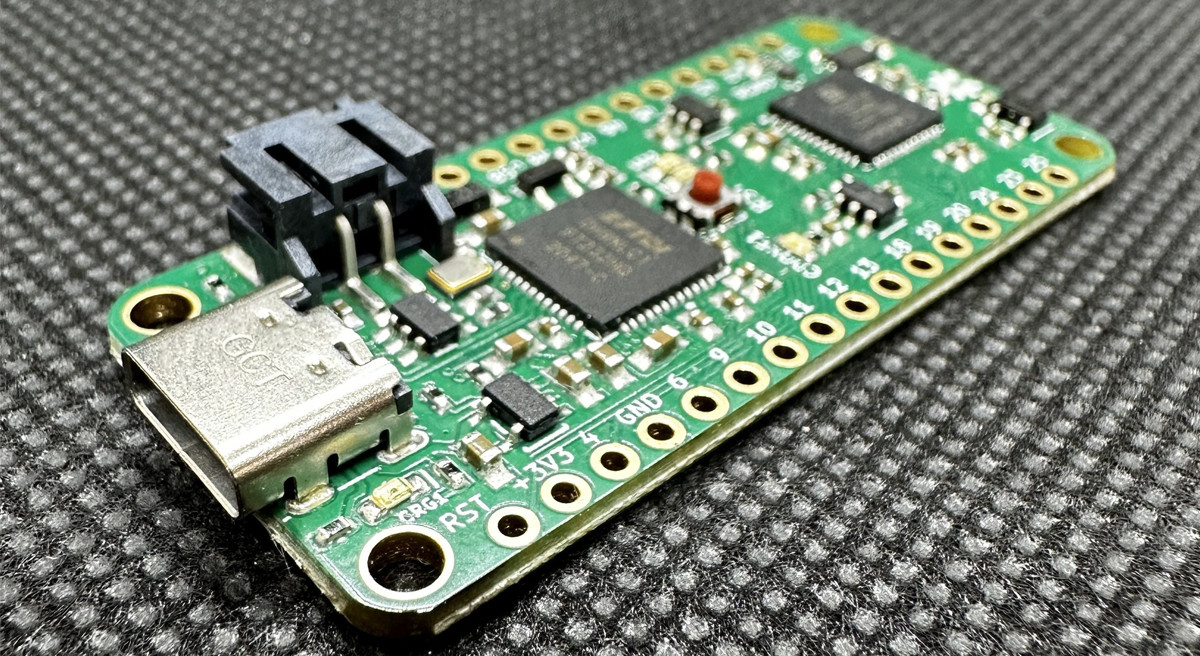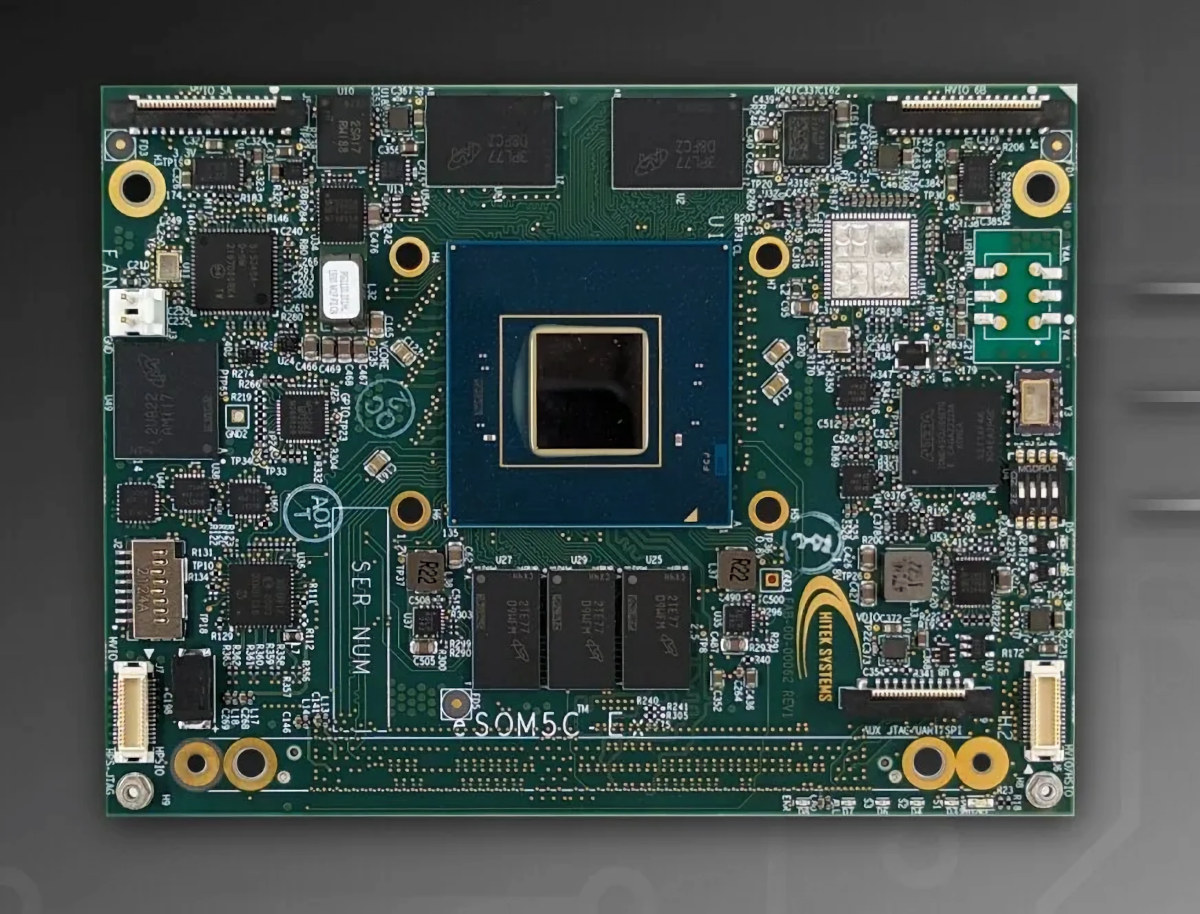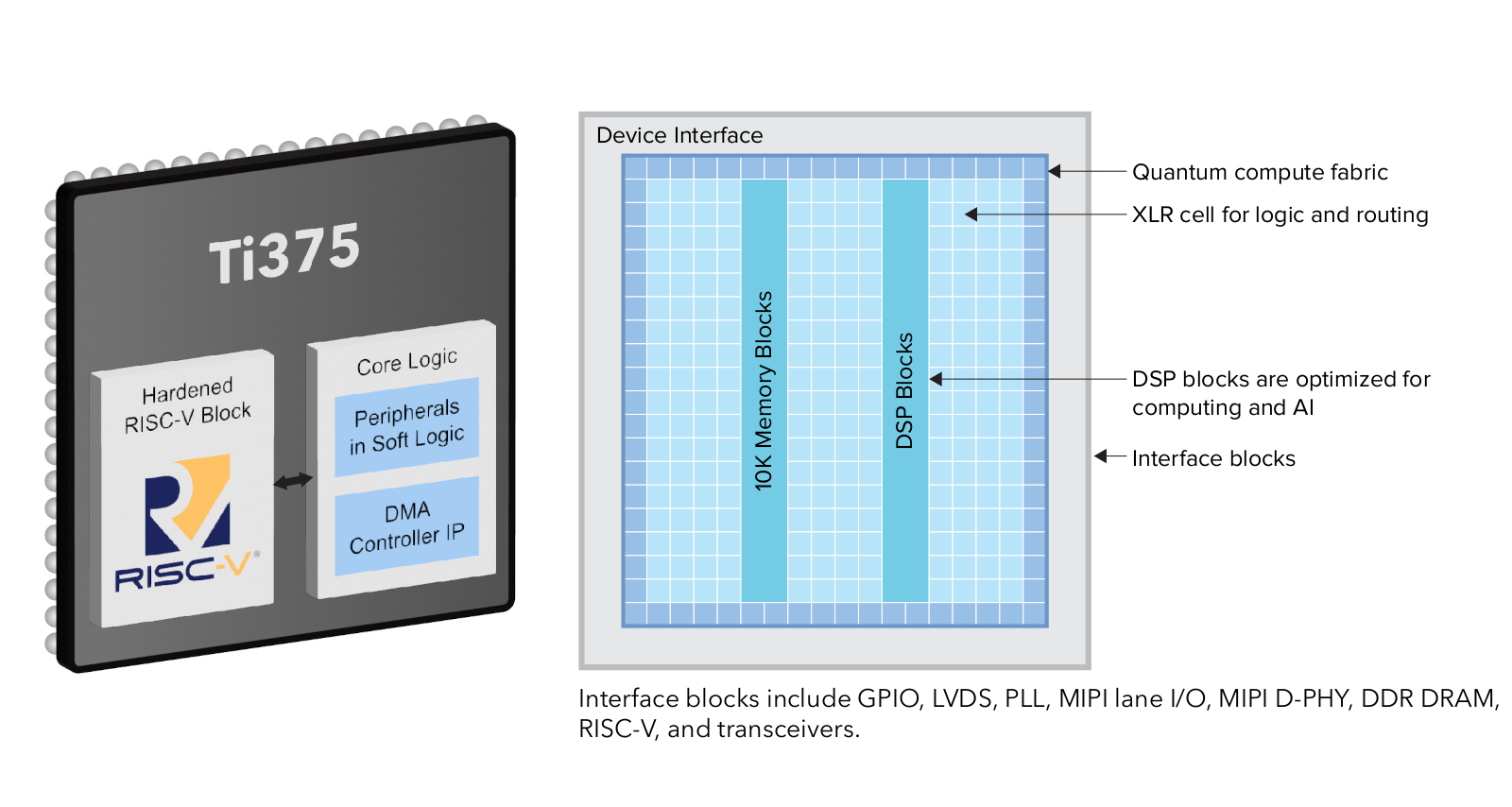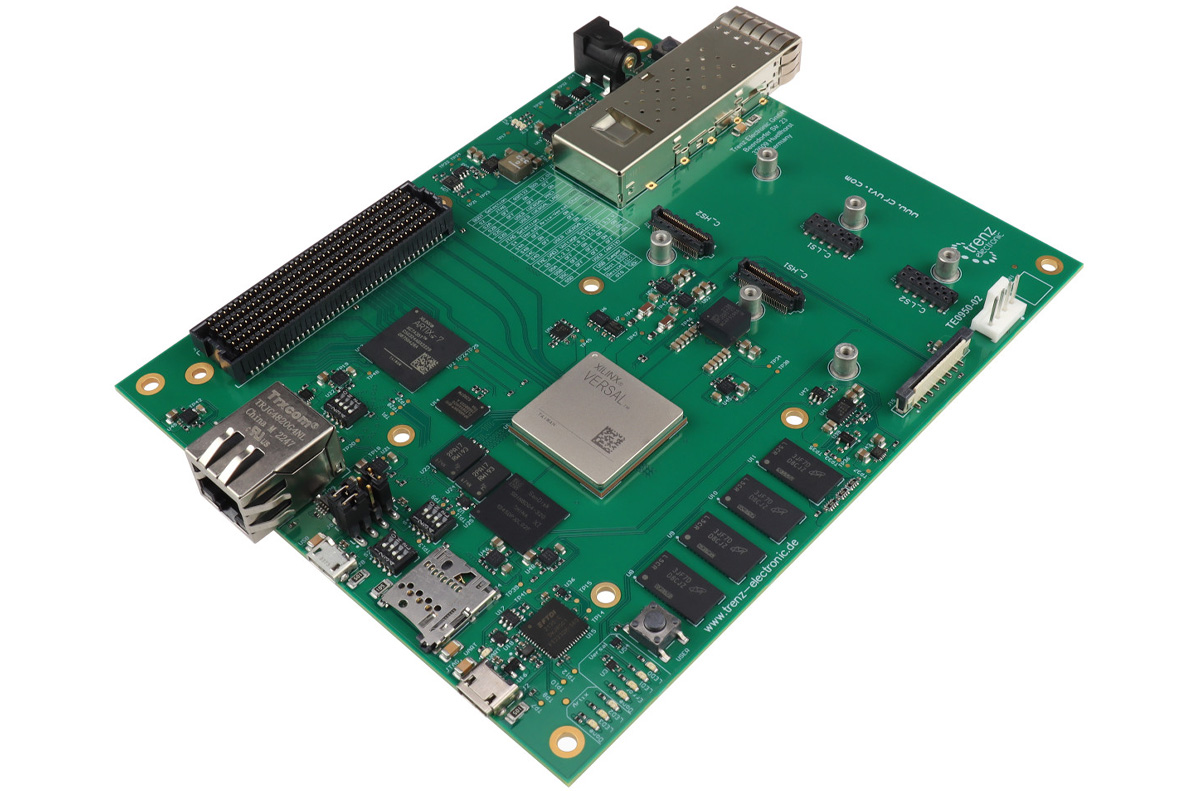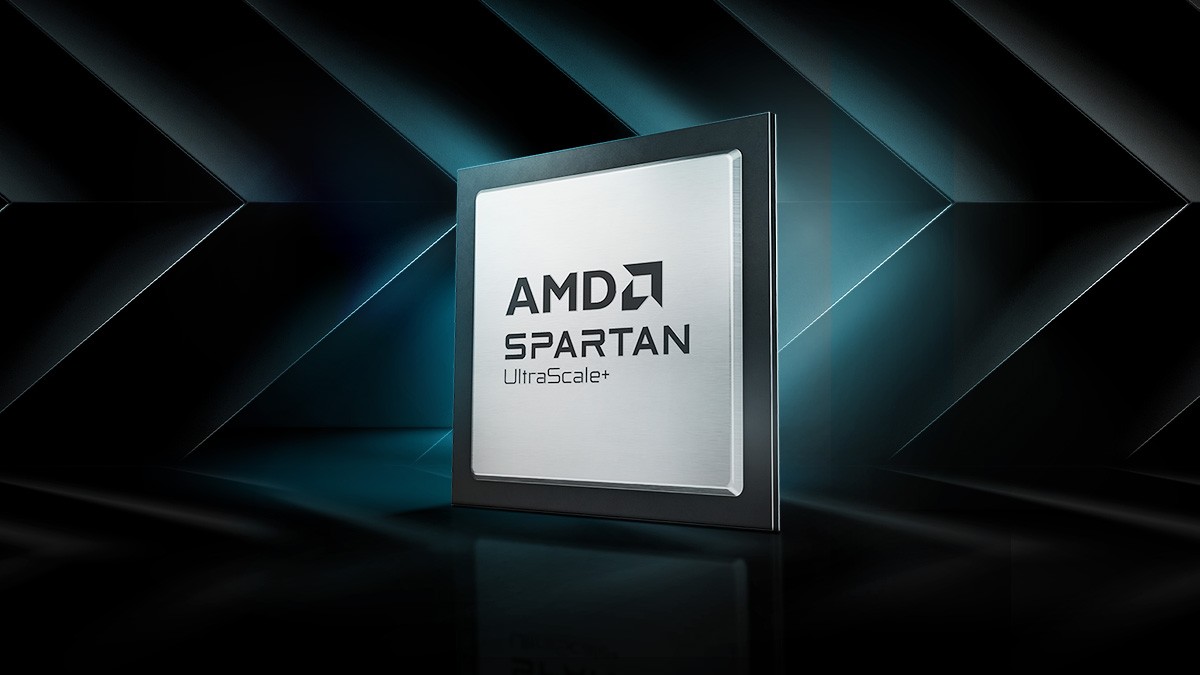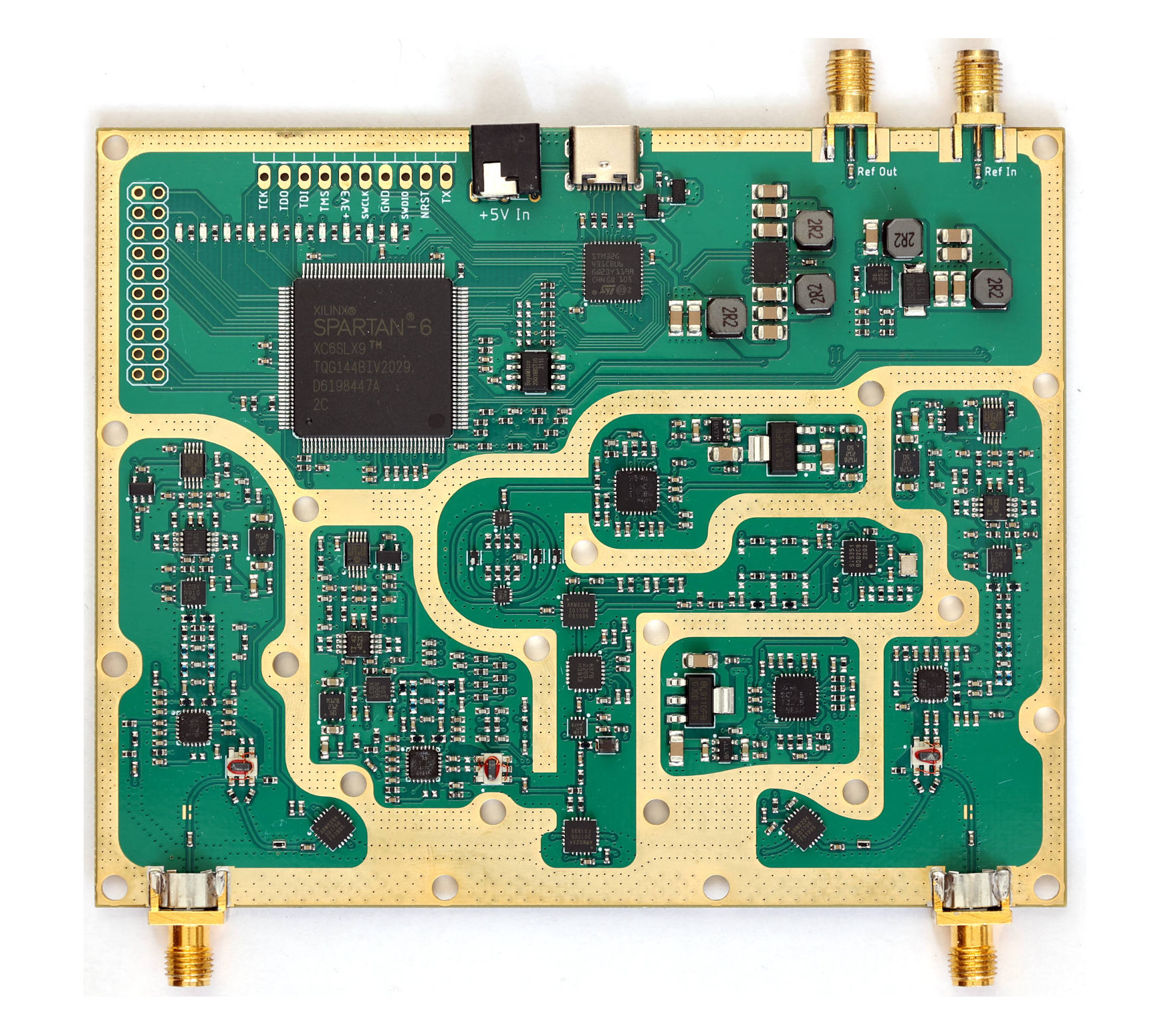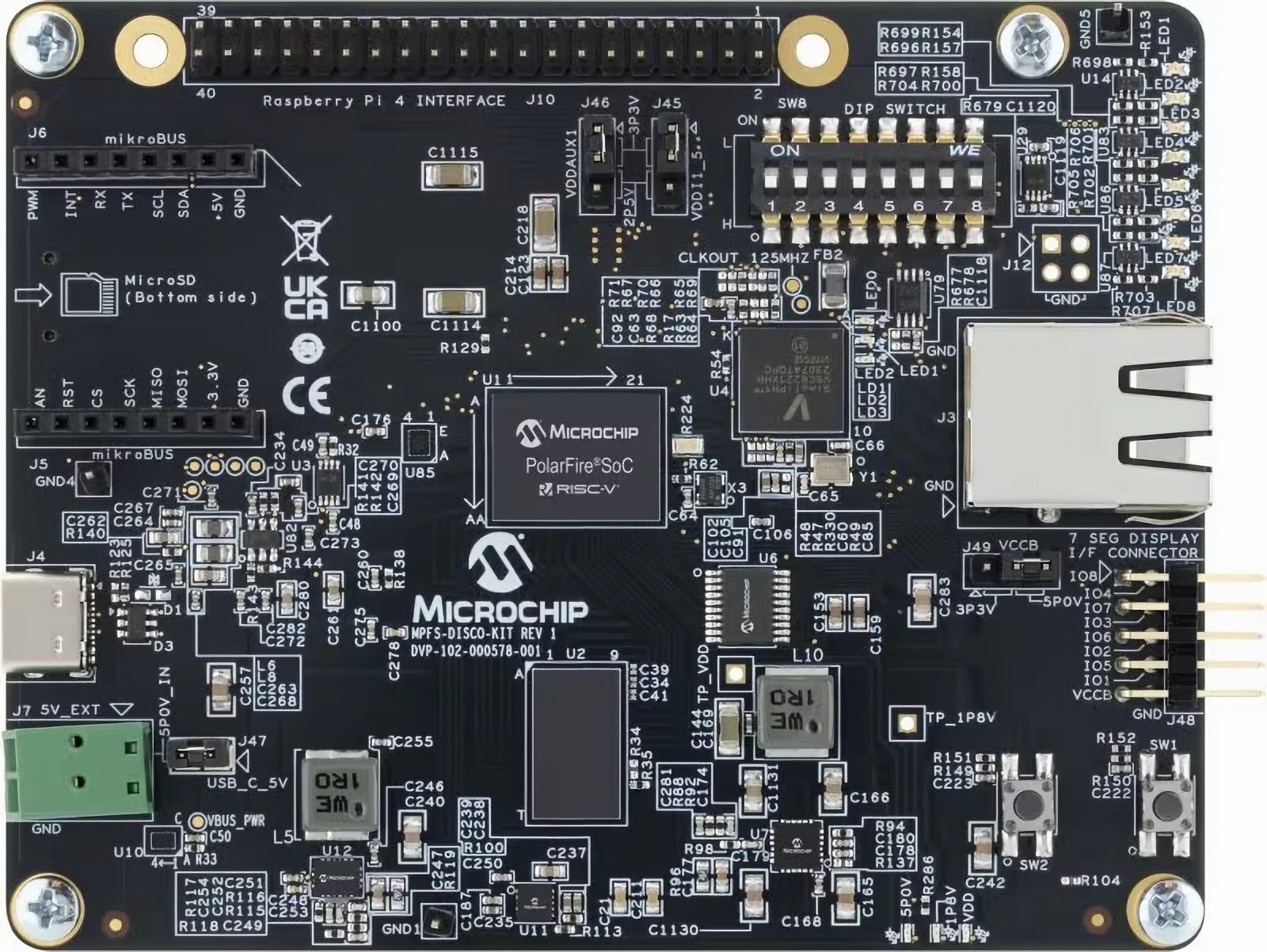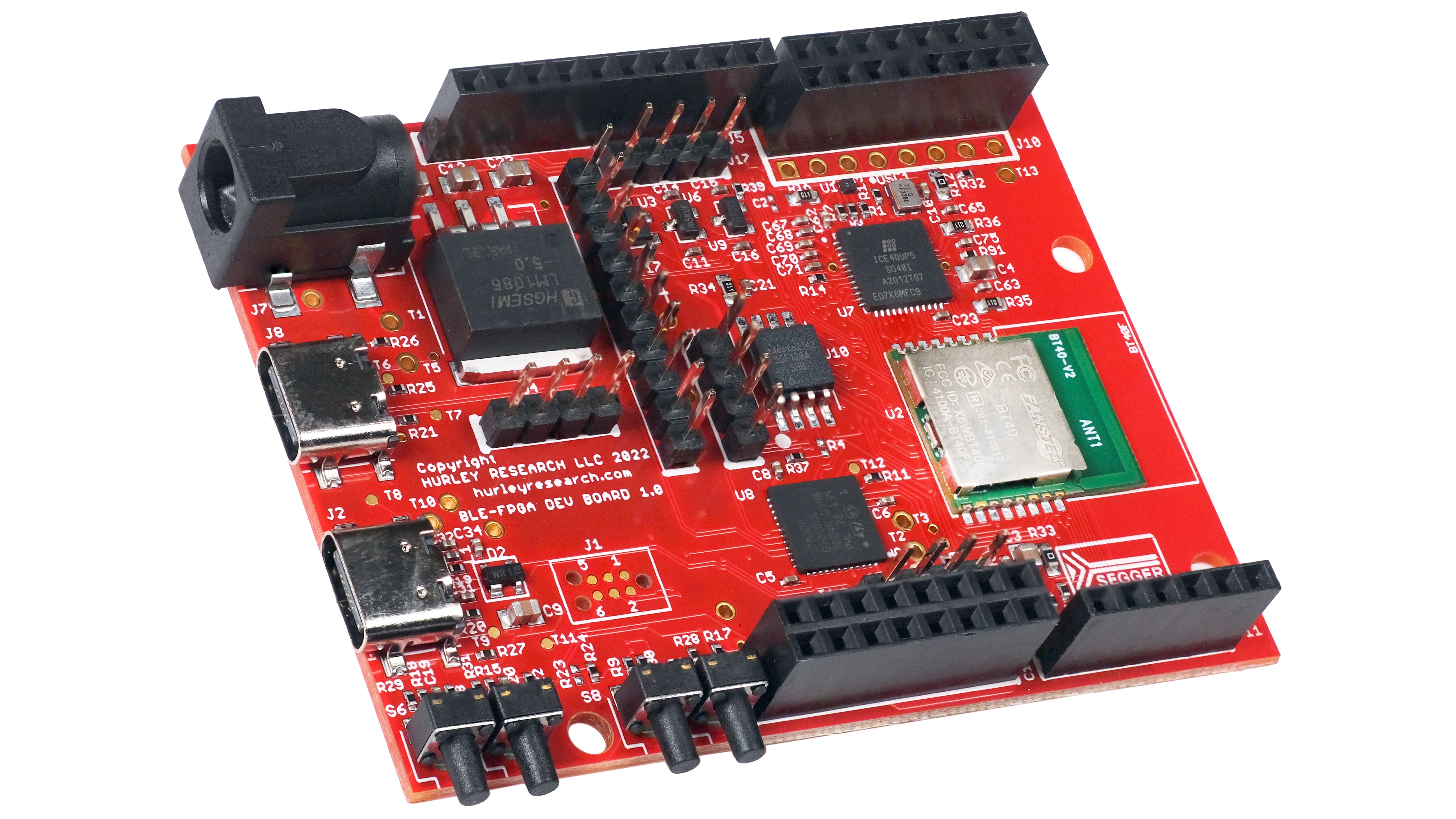The IcyBlue Feather V2 from Oak Development Technologies is a powerful and compact dev board that combines the Lattice Semi iCE5LP4K FPGA with the Adafruit Feather form factor. This unique combination allows this FPGA board to be compatible with the Adafruit FeatherWings ecosystem, providing functionalities such as additional GPIOs, displays, connectivity modules, and more. This new board features a USB-C port for powering and programming the FPGA. Additionally, it features two hardware I2C and SPI blocks that do not consume FPGA resources while operating. The board also includes 22 accessible GPIOs, a bright RGB LED for status indication, and two user-programmable LEDs. Previously, we have discussed many similar tiny FPGA-based development boards, such as the Lattice Semi MachXO2 FPGA, tinyVision.ai Pico-Ice board, Silicon Witchery S1, and ULX3S Education Board. Feel free to explore these if you are looking for similar options. IcyBlue Feather V2 Specification FPGA – Lattice Semi iCE40 […]
Intel Agilex 5 SoC FPGA embedded SoM targets 5G equipment, 100GbE networking, Edge AI/ML applications
Hitek Systems eSOM5C-Ex is a compact embedded System-on-Module (SOM) based on the mid-range Intel Agilex 5 SoC FPGA E-Series and a pin-to-pin compatible with the company’s earlier eSOM7C-xF based on the Agilex 7 FPGA F-Series. The module exposes all I/Os, including up to 24 transceivers, through the same 400-pin high-density connector found in the Agilex 7 FPGA-powered eSOM7-xF and the upcoming Agilex 5 FPGA D-Series SOM that will allow flexibility from 100K to 2.7 million logic elements (LEs) for the whole product range. Hitek eSOM5C-Ex specifications: SoC FPGA – Intel Agilex 5 E-series group A and Group B FPGAs in B32 package Supported variants: A5E065A/B, A5E043A/B and A5E043A/B Hard Processing System (HPS) – Dual-core Cortex-A76 and dual-core Cortex-A55 FPGA Up to 656,080 Logic elements 24 x transceivers up to 28Gbps System Memory Up to 2x 8GB LPDDR4 for FPGA 2 or 4GB DDR4 for HPS Storage – 32GB eMMC flash, […]
Efinix Titanium Ti375 FPGA offers quad-core hardened RISC-V block, PCIe Gen 4, 10GbE
Efinix Titanium Ti375 SoC combines high-density, low-power Quantum compute fabric with a quad-core hardened 32-bit RISC-V block and features a LPDDR4 DRAM controller, a MIPI D-PHY for displays or cameras, and 16 Gbps transceivers enabling PCIe Gen 4 and 10GbE interfaces. The Titanium Ti375 also comes with 370K logic elements, 1.344 DSP blocks, 2,688 10-Kbit SRAM blocks, and 27,53 Mbits embedded memory, as well as DSP blocks optimized for computing and AI workloads, and XLR (eXchangeable Logic and Routing) cells for logic and routing. Efinix Titanium Ti375 specifications: FPGA compute fabric 370,137 logic elements (LEs) 362,880 eXchangeable Logic and Routing (XLR) cells 27,53 Mbits embedded memory 2,688 10-Kbit SRAM blocks 1,344 embedded DSP blocks for multiplication, addition, subtraction, accumulation, and up to 15-bit variable-right-shifting Memory – 10-kbit high-speed, embedded SRAM, configurable as single-port RAM, simple dual-port RAM, true dual-port RAM, or ROM FPGA interface blocks 32-bit quad-core hardened RISC-V block […]
Trenz Electronic TE0950-03-EGBE21A – An AMD Versal AI Edge VE2302 SoC FPGA evaluation board
Trenz Electronic recently announced the TE0950-03-EGBE21A an evaluation board with AMD Versal AI Edge XCVE2302-1LSESFVA784 SoC FPGA. This board features 8 GB of DDR4 SDRAM and 128 MB of SPI Flash (as the primary boot option), a microSD card slot, a 32 GB eMMC flash (secondary boot), and an EEPROM with a MAC address. Additionally, the board supports a range of VE-series devices, such as VE2002, VE2102, VE2202, VE2302, and VM1102, enhancing its application versatility. The AMD Versal is a family of adaptive compute acceleration platforms (ACAPs) designed by AMD. Following its acquisition of Xilinx, it integrates CPU, GPU, and FPGA technologies along with dedicated software support to create a highly flexible development environment. Trenz Electronic VE2302 Evaluation Board Specifications: SoC – AMD Versal AI Edge XCVE2302-1LSESFVA784, A784 package, compatible with multiple VE-series devices RAM – 8 GB DDR4 SDRAM Storage 128 MB SPI Flash (primary boot option) MicroSD card […]
AMD announces the Spartan UltraScale+ FPGA family for cost-sensitive and IO-intensive applications
The Spartan UltraScale+ FPGA family is the latest inclusion to AMD’s Cost-Optimized portfolio, a series of FPGAs designed to balance cost, power, and form factor with affordability. The UltraScale+ FPGA family is designed for cost-sensitive, low-power applications requiring high I/O count and substantial security. Devices in the Spartan UltraScale+ family offer a high I/O to logic cell ratio for FPGAs built in 28nm and lower process technology (the highest in the industry, according to AMD), consume up to 30% less power than compared to the previous generation, and feature robust security features that outclass the rest of the Cost-Optimized portfolio. This FPGA family is built on the same UltraScale+ architecture as previous Artix and Zynq products. They are the first AMD UltraScale+ FPGAs to feature a hardened DDR memory controller and PCIe Gen4 x8 support, “providing both power efficiency and future-ready capabilities for customers.” AMD Spartan UltraScale+ specifications: System Logic […]
LibreVNA open-source USB vector network analyzer (VNA) works in the 100kHz to 6GHz range
Jan Käberich’s LibreVNA is an open-source hardware USB vector network analyzer (VNA) based on a Spartan-6 FPGA, an STM32 microcontroller, and RF circuitry with MAX2871 and Si5351C chips. The open-source VNA supports two channels and works in the 100kHz to 6GHz frequency range. Vector network analyzers are expensive pieces of electronic test equipment used to measure the magnitude and phase of high-frequency electrical networks costing several thousand dollars. They are commonly used in radio frequency (RF) and microwave engineering applications. Last year, we wrote that Pico Technology released PicoVNA 5 software for Linux, Raspberry Pi, and macOS instead of only providing a Windows program for their commercial PicoVNA devices. I thought it was already a good development even if it was closed-sourced, but LibreVNA goes all the way with an open-source hardware design with hardware design files, the FPGA code, STM32 firmware, and PC software (GUI) all open-source. LivreVNA hardware […]
Microchip announces the PolarFire SoC Discovery Kit, a low-cost devkit for Linux and real-time applications
The SoC Discovery Kit is the latest addition to Microchip’s list of development kits for the PolarFire series. The series is the first SoC FPGA family powered by a deterministic, coherent RISC-V CPU cluster. They provide low power consumption, thermal efficiency, and defense-grade security for smart, networked systems. They also support a deterministic L2 memory system for Linux and real-time applications. Microchip launched the Icicle Kit for the PolarFire SoC in 2020 and it was followed by the Video and Imaging Kit which was intended for mid-bandwidth imaging and video applications. Now, Microchip has announced the Discovery Kit which is billed as a low-cost alternative to the Icicle. The Discovery Kit retains the full range of features needed for testing concepts quickly, developing firmware applications, and programming/debugging user code. According to Microchip, the kit will bring “a low-cost RISC-V and FPGA development for learning and rapid innovation” to new and […]
NRFICE is a Bluetooth FPGA board in the Arduino UNO form factor (Crowdfunding)
The NRFICE FPGA is a Bluetooth FPGA board designed for edge computing and IoT applications. It is built upon a combination of the dual-core nRF5340 Bluetooth SoC and the Lattice ICE40UP5K FPGA. The ICE40 UltraPlus is a low-power, high-performance FPGA for edge computing and artificial intelligence projects and the nRF5340 is a Bluetooth 5.3 SoC that supports Bluetooth Low Energy (BLE), Bluetooth Mesh, Thread, NFC, and Zigbee. Through the Nordic nRF5340, NRFICE can load a project directly into the iCE40 FPGA, bypassing the usual extensive toolchain setup. This enables a new class of FPGA development, where bitstreams can be hosted in the cloud, selected by a user on their phone, and loaded wirelessly to the board. It features a built-in J-Link OB for easy debugging and programming without the need for emulator dongles and is similar to the previously covered Segger emPower evaluation board in this regard. This board supports […]


